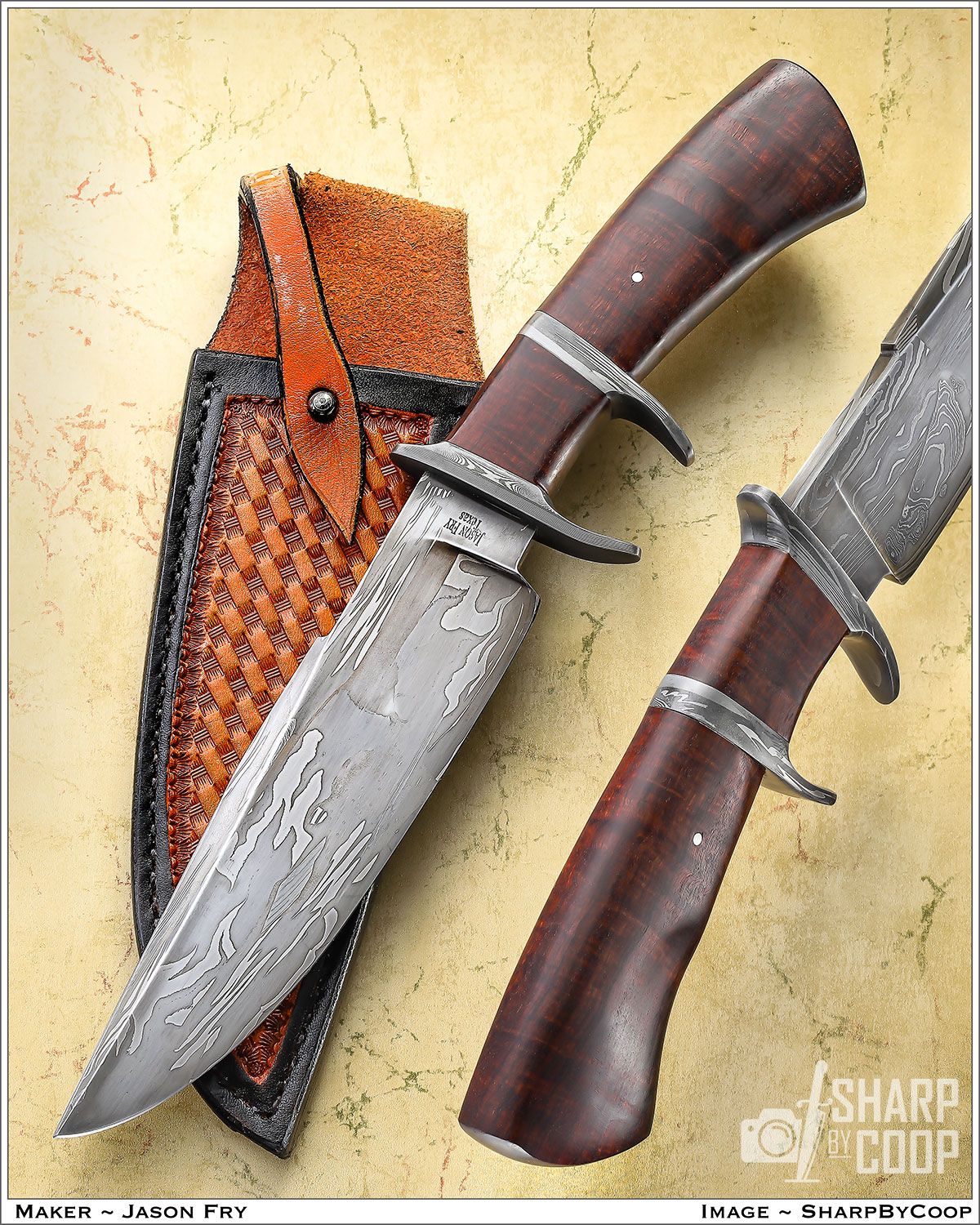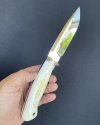- Joined
- Jul 2, 2010
- Messages
- 176
So I’ve started grinding sledges on some of my knives. Typically I grind it in pretty far back to keep the plunge lines away from the tip where they might interfere with any sort of puncturing task.
Recently I’ve seen quite a few makers grinding swedges that don’t have plunge lines basically seem to flow out of the spine. I haven’t quite figured out how to sting them this way, although I’m typically working with a flat platten. Any assistance would help.
Thanks,
Lance
Recently I’ve seen quite a few makers grinding swedges that don’t have plunge lines basically seem to flow out of the spine. I haven’t quite figured out how to sting them this way, although I’m typically working with a flat platten. Any assistance would help.
Thanks,
Lance




